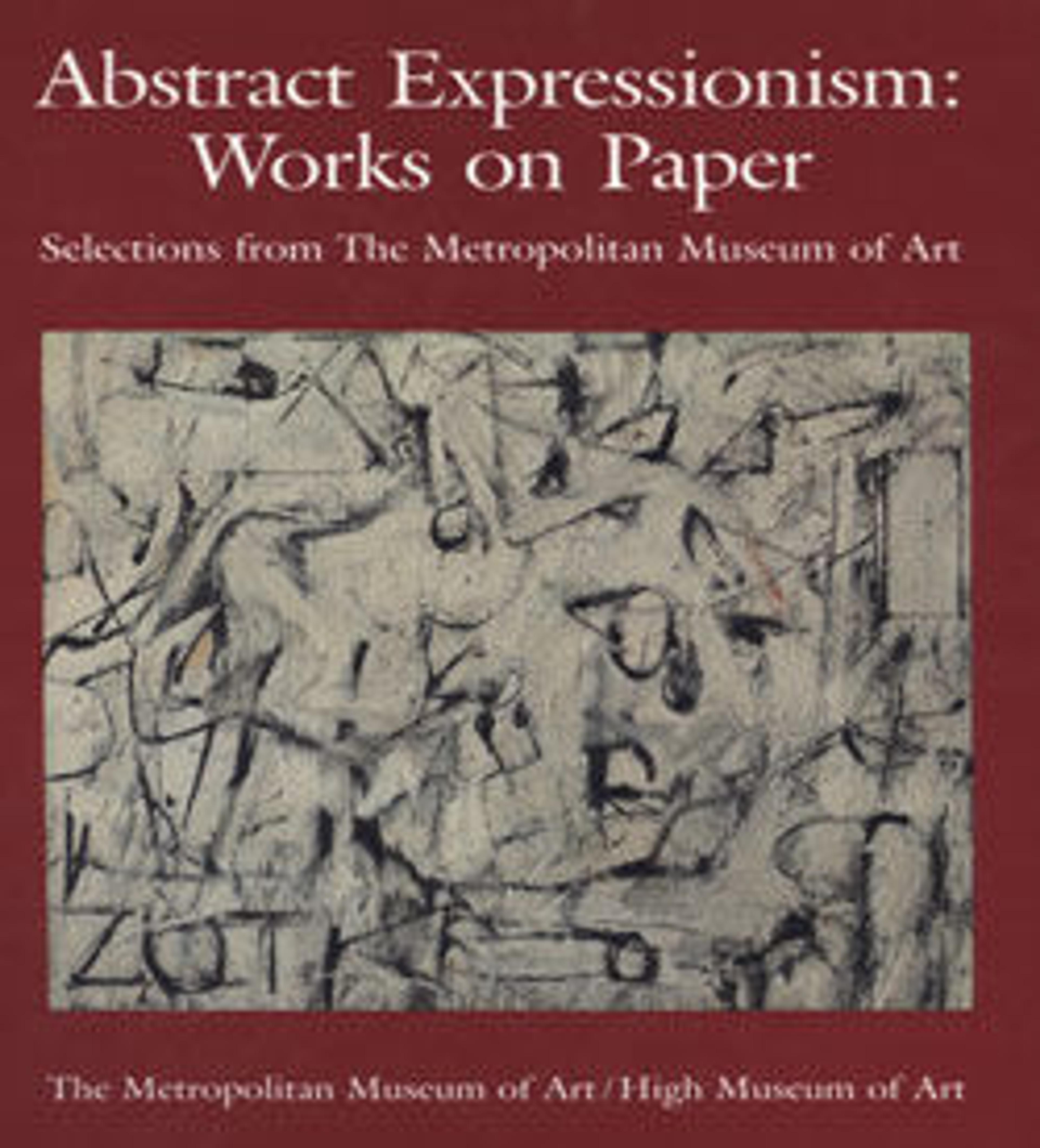Untitled
In the mid-1940s Rothko focused on watercolor, experimenting with the medium to produce compositions with pictographic or biomorphic elements that referenced prehistoric forms of expression such as cave paintings, carved symbols, and glyphs. Like his friend and fellow artist Adolph Gottlieb, Rothko drew on the works of European modernists, particularly Paul Klee and Joan Miró, to create an emerging aesthetic language that incorporated cross-cultural imagery. Inspired by Surrealist automatism, in which the artist ceded conscious control to allow the creative forces of the unconscious to act, Rothko developed his abstract imagery in this period. Luminous and transparent, watercolors like the one seen here mark a turning point in his career and prefigure his later radiant, abstract canvases that established him as a key figure in American painting.
Artwork Details
- Title:Untitled
- Artist:Mark Rothko (American (born former Russian Empire, now Latvia), Dvinsk 1903–1970 New York, New York)
- Date:ca. 1944–45
- Medium:Watercolor on paper
- Dimensions:30 x 22in. (76.2 x 55.9cm)
- Classification:Drawings
- Credit Line:Gift of The Mark Rothko Foundation Inc., 1986
- Object Number:1986.257.1
- Rights and Reproduction:© 2025 Artists Rights Society (ARS), New York
- Curatorial Department: Modern and Contemporary Art
More Artwork
Research Resources
The Met provides unparalleled resources for research and welcomes an international community of students and scholars. The Met's Open Access API is where creators and researchers can connect to the The Met collection. Open Access data and public domain images are available for unrestricted commercial and noncommercial use without permission or fee.
To request images under copyright and other restrictions, please use this Image Request form.
Feedback
We continue to research and examine historical and cultural context for objects in The Met collection. If you have comments or questions about this object record, please contact us using the form below. The Museum looks forward to receiving your comments.
